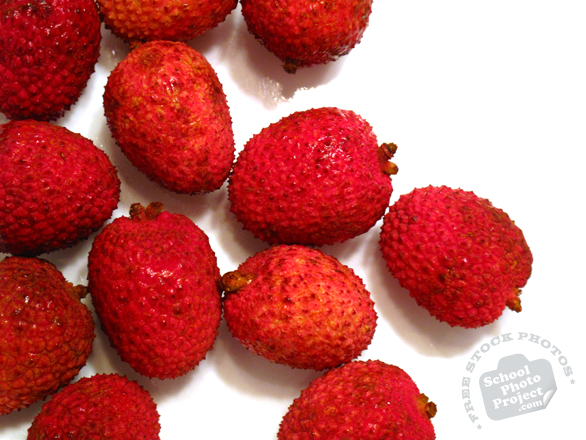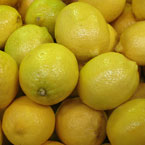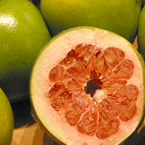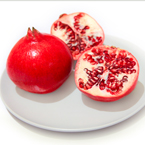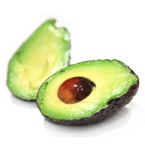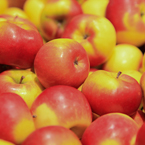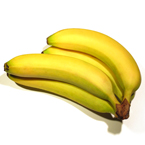Lychee
The lychee (Litchi chinensis, and
also known as the leechi, litchi, laichi, lichu,
lizhi) is the sole member of the genus Litchi in
the soapberry family, Sapindaceae. It is a tropical
and subtropical fruit tree native to Southern China
and Southeast Asia, and now cultivated in many parts
of the world. The fresh fruit has a "delicate,
whitish pulp" with a "perfume" flavor.
Since this perfumy flavor is lost in canning, the
fruit is usually eaten fresh.
An evergreen tree reaching 10–20 meters tall,
the lychee bears fleshy fruits that are up to 5 cm
(2.0 in) long and 4 cm (1.6 in) wide.
The outside of the fruit is covered by a pink-red,
roughly-textured rind that is inedible but easily
removed to expose a layer of sweet, translucent
white flesh. Lychees are eaten in many different
dessert dishes, and are especially popular in China,
throughout Southeast Asia, along with South Asia
and India.
The lychee is cultivated in China, Thailand, Vietnam,
Japan, Bangladesh and northern India (in particular
Bihar, which accounts for 75% of total Indian production).
South Africa and the United States (Hawaii and Florida)
also have commercial lychee production.
The lychee has a history of cultivation going back
as far as 2000 BC according to records in China.
Cultivation began in the area of southern China,
Malaysia, and Vietnam. Wild trees still grow in
parts of southern China and on Hainan Island. There
are many stories of the fruit's use as a delicacy
in the Chinese Imperial Court. It was first described
and introduced to the west in 1782.
(Source: Wikipedia.org)
|


